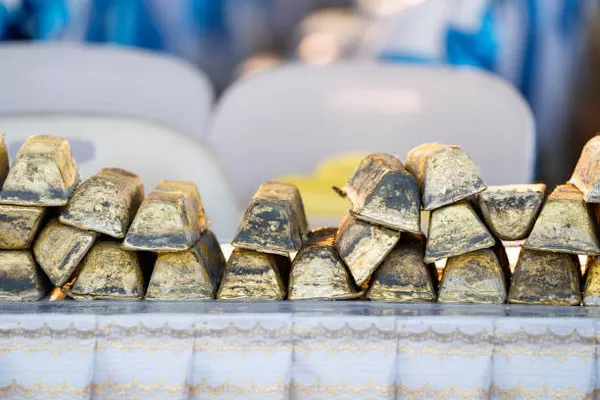Despite a persistent structural deficit between silver’s supply and demand, the silver market has seen a lackluster performance, especially in the “paper” silver markets where prices are determined, since early 2020.
Silver is becoming increasingly challenging to find and produce, while demand continues to rise. However, this apparent mismatch between supply and demand has not been mirrored in silver prices, which have been range-bound.
Economic laws of supply and demand are fundamental and cannot be ignored in the long term. The current situation suggests that silver prices could experience an upward trajectory.
The Silver Institute reports a significant year-over-year increase of 57% in the all-in sustaining cost (AISC) for producing silver. The industry average is now estimated at $17 per ounce for 2023, although some data suggest lower costs for producing byproduct silver from mines dealing with copper, zinc, and lead.
Many mining companies, including major silver producers, are grappling with costs higher than the industry average. For instance, Pan American Silver reported an AISC of $26.55 per ounce in Q4 of the previous year, exceeding the average price they received.
The silver mining sector has witnessed a decline, with stocks falling sharply. The Global X Silver Miners ETF, reflecting silver mining stocks, dropped from $49.65 in August 2020 to $23.33 recently.
Amid challenging conditions for miners, silver mine production has been decreasing. The Silver Institute estimates a decline of 17.1 million ounces in 2023.
On the demand side, there has been a significant increase since 2020. The deficit between supply and demand reached 140 million ounces in 2023, totaling 474 million ounces over the past three years. The Institute forecasts a 180 million ounces deficit for the current year.
To bridge the gap between annual supply and demand, existing above-ground stocks are utilized. Despite challenges in accurately tracking silver inventories, including discrepancies in reported statistics, the decline in COMEX vault inventories indicates a potential tightening of supply.
Analysts have raised questions about the accuracy of publicly available silver inventory statistics, emphasizing concerns about potential overlaps in reported inventories by entities like JPMorgan Chase, which serves as the custodian for both I-shares Silver Trust (SLV) and COMEX silver.
If the deficit persists, there is a strong possibility that silver prices will surge to incentivize new supply or moderate demand, aligning with the fundamental economic principles of supply and demand.


